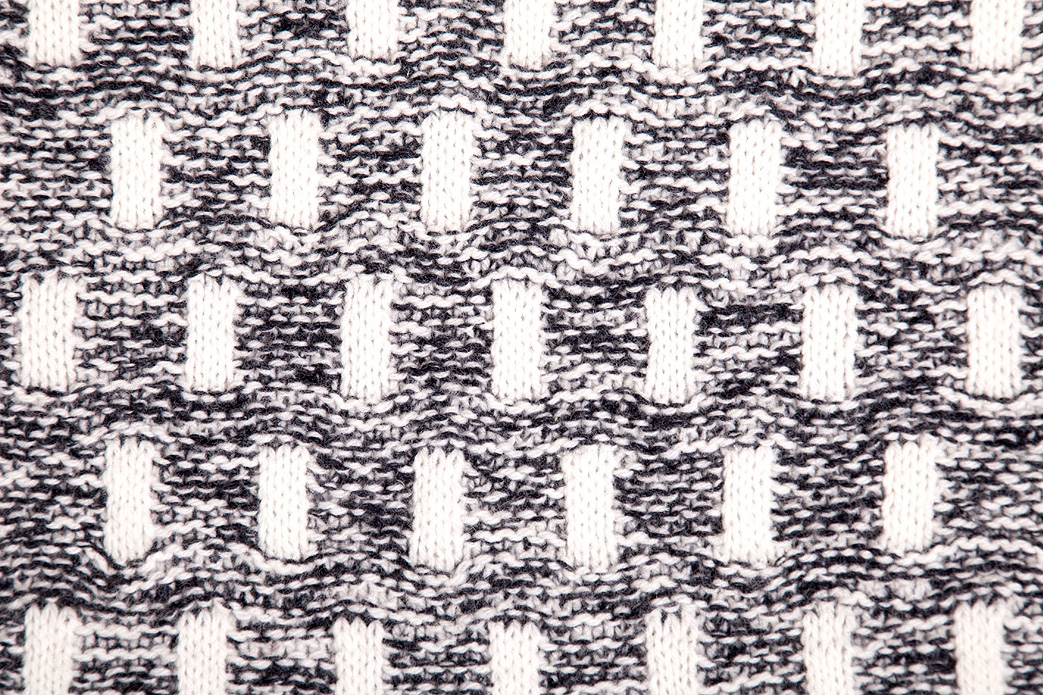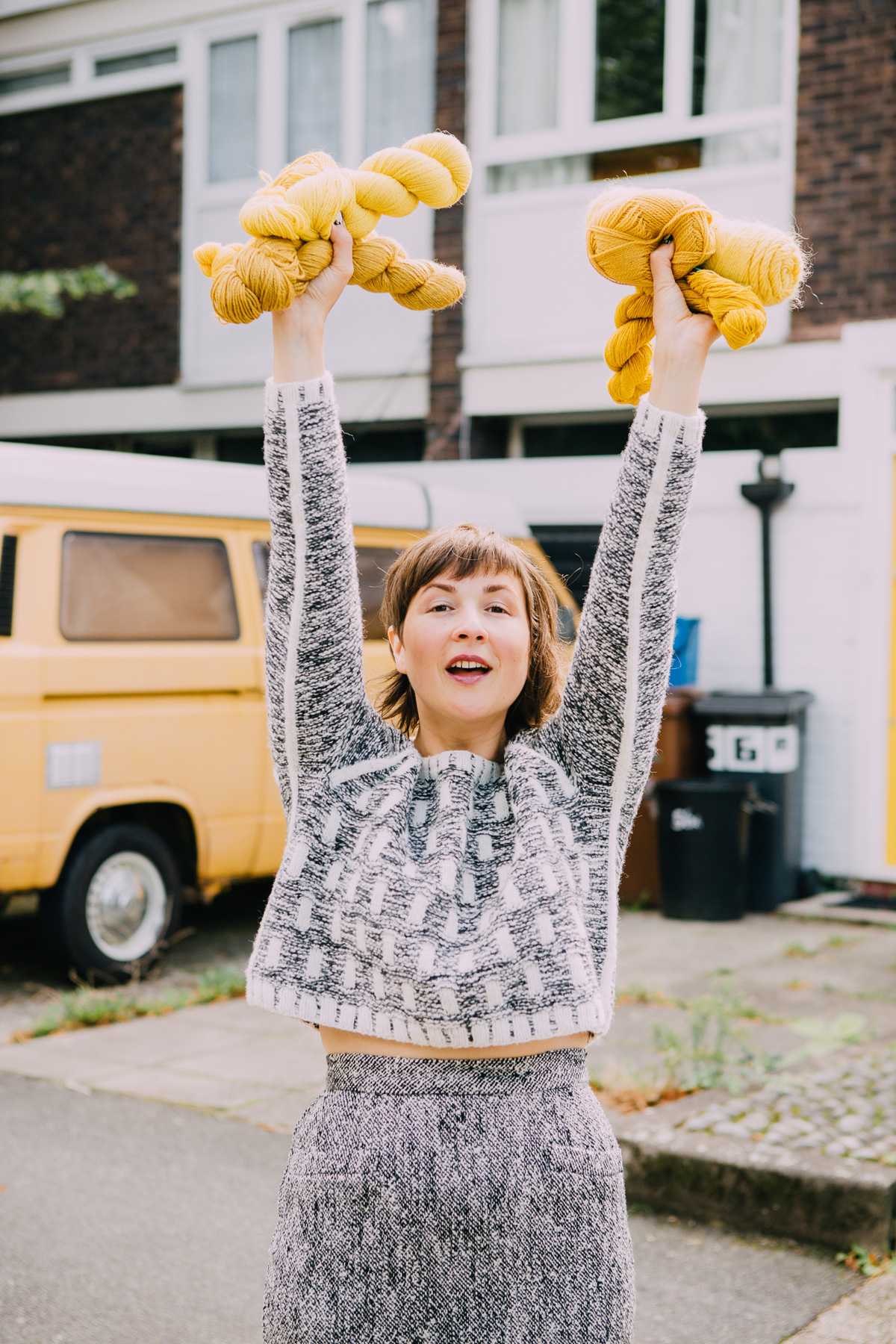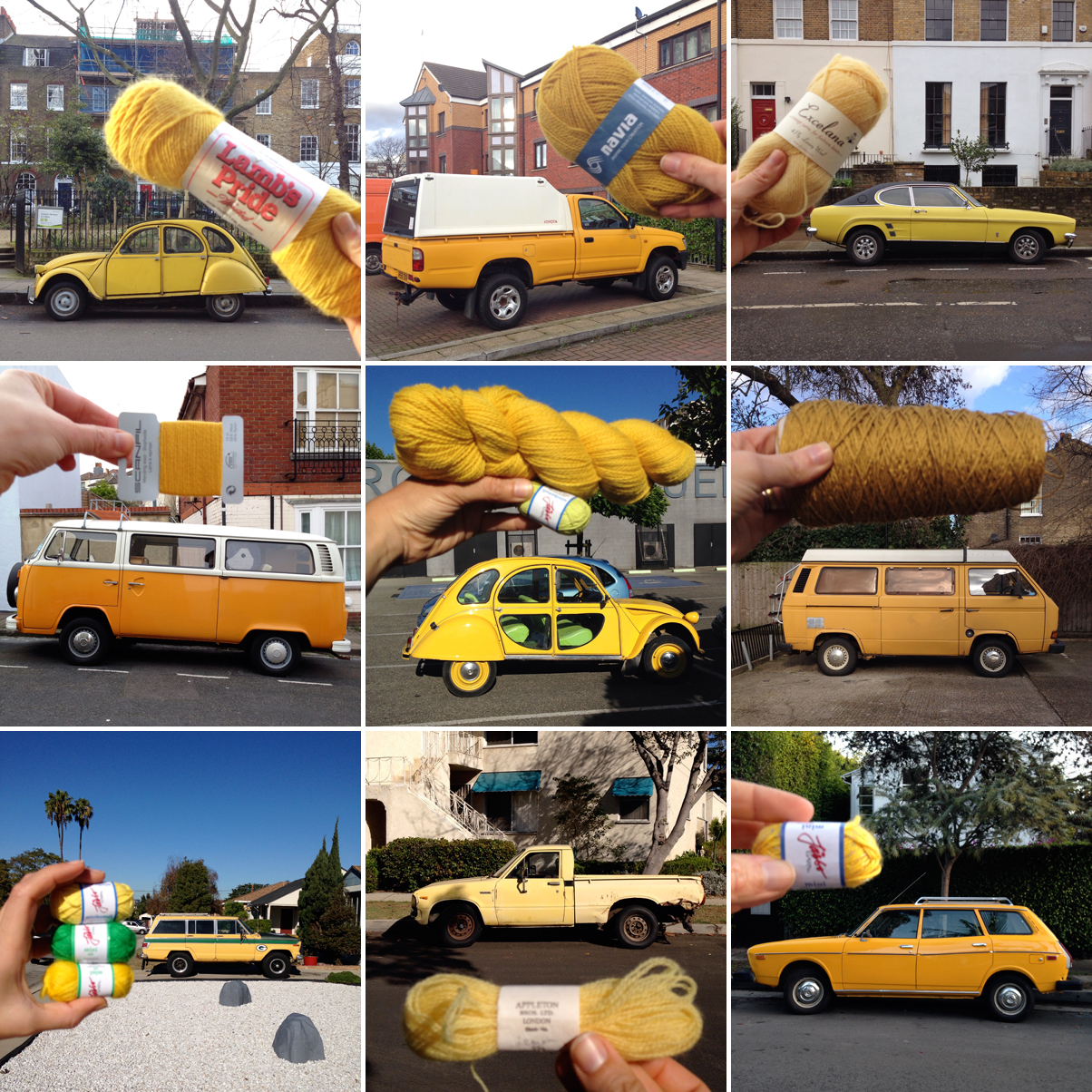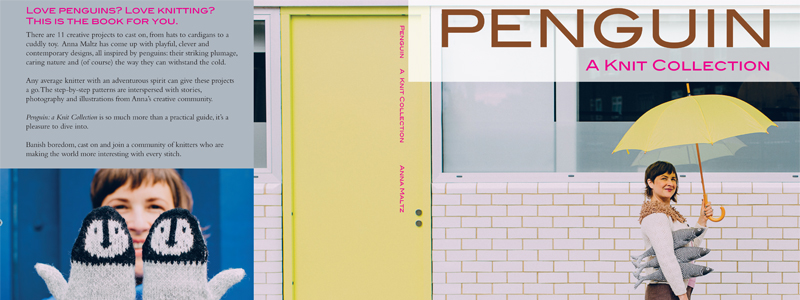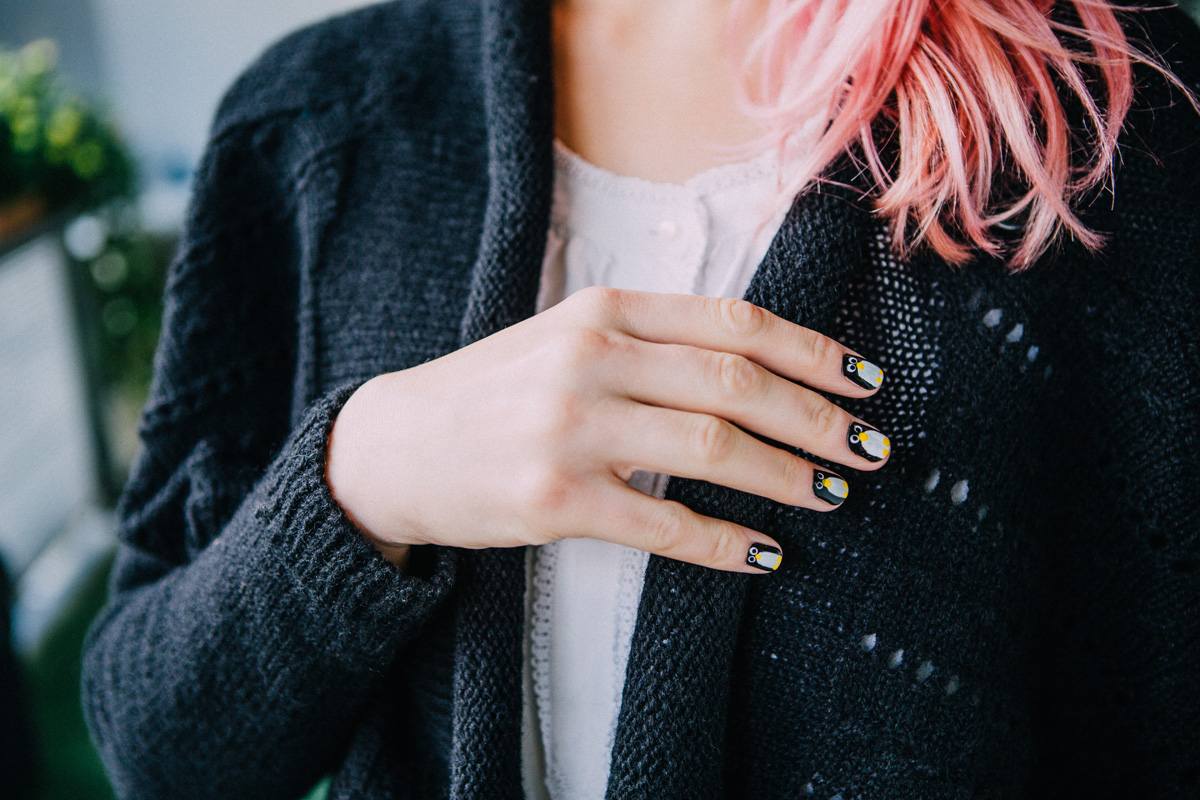
The Fledgling mittens are baby emperor penguins for your hands. They are one of the 11 patterns in Penguin: a Knit Collection and the first I am properly introducing you to. I’ll share the others, one a day, till they’re all covered.
Cute, as well as practical, these colourwork mittens are knitted in the round with afterthought thumbs. They start with a ribbed cuff and progress to simple 1×1 checkerboard colourwork. The tops of the mittens (the little emperor penguin chick faces) are charted separately for each of the 3 sizes. The densely knitted wool fabric has the added bonus of floats (from the colourwork) at the back, which make them extra warm.

Fledgling is the generic name for baby birds after they have gained their flight feathers, but penguins can’t fly (unless you count how they travel through water). Birdies tend to buck the trend of baby animals being adorable straight off the bat. They are often bald and pinkish red (not in a cute way) with dark blue grey bulbous eyes that shine through their thin skin even when closed. Not to mention their cavernous beaks. Hatching pre-feathered, penguin chicks get to skip that phase and be instantly can-I-keep-it? cute. They need those feathers to equip them to withstand intensely cold temperatures and wind (though they still have to snuggle on the feet of their parents for additional warmth).
Knitted in three shades of Navia Trio, a DK/worsted weight yarn that’s 100% wool and which you can purchase from The Island Wool Company, you’re looking for 28 sts x 30 rows to measure 10cm / 4” x 10cm / 4” over the checkerboard pattern. This is significantly tighter than you would knit a DK/worsted sweater in, where you would look for a tension of 19sts to 10cm/4” from the same yarn. That makes it a heavy DK for us in the UK and somewhere on the borders between a worsted and a light worsted in the USA. Navia is a Faroese yarn and comes in the traditional Nordic weights of 1-Ply, 2-Ply and 3-Ply, hence Uno, Duo and Trio. These equate loosely to laceweight, 4ply/sport and DK/worsted.
I have indicated the places in the pattern where you might want to make adjustments to tailor your mittens to your specific hands (or whoever is going to be the lucky recipient): at the cuffs, the length of hand before the colourwork face and the length of the thumb. I designed them to have nice deep cuffs of 6cm / 2¼”, which in combo with the ribbing should hold them on your hands snuggly. Regardless, I’d be tempted to sew a long length of elastic between them and thread that through my coat sleeves like my mum used to do with my gloves and mittens when I was little. I’d hate to lose one of these! They have faces on, which means they have characters and should have names.
Lynn Manderville did me the honour of test knitting them for me. She knows a thing or two about colourwork mittens (just look at her Weeds pattern). As well as tech editing the pattern, Rachel Atkinson couldn’t resist knitting a pair. She is still settling on what to call hers. Archie and Isaac, Milo and Steve or Pete and Petunia are in the mix. Any further suggestions welcome. What would you call yours?
You can find the Fledgling pattern details on Ravelry and Get your copy of PENGUIN: A Knit Collection HERE!


